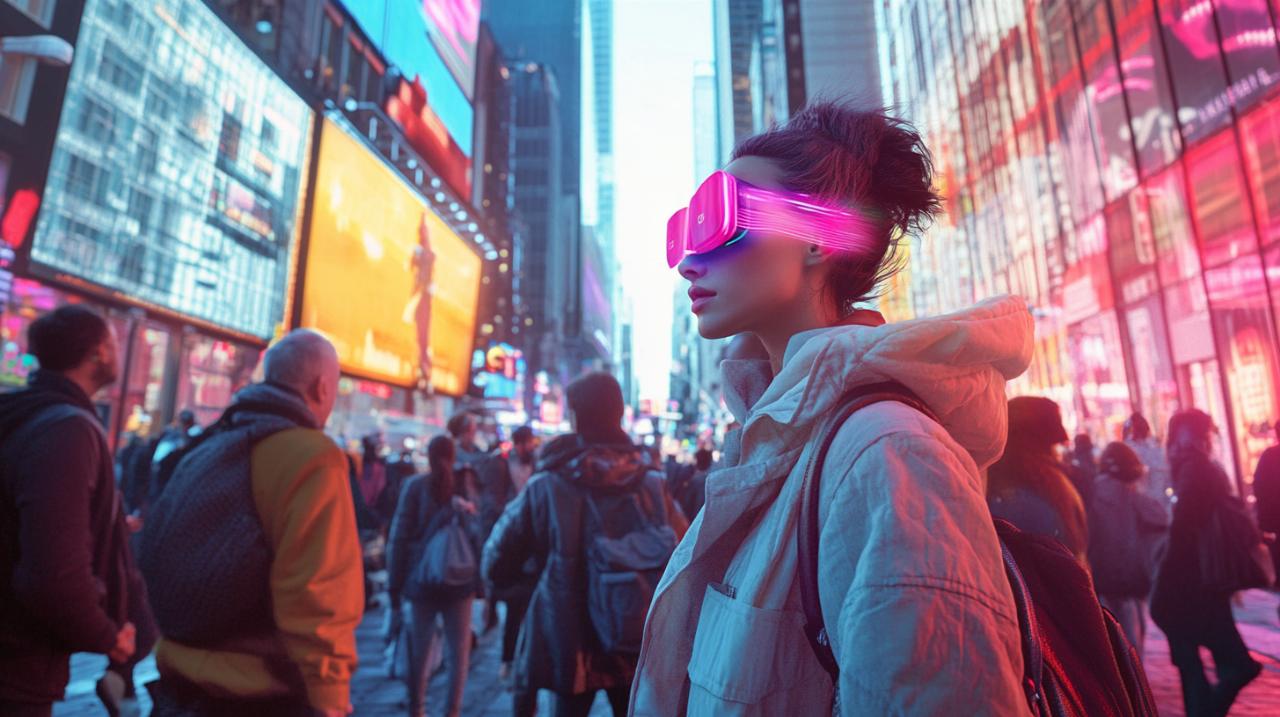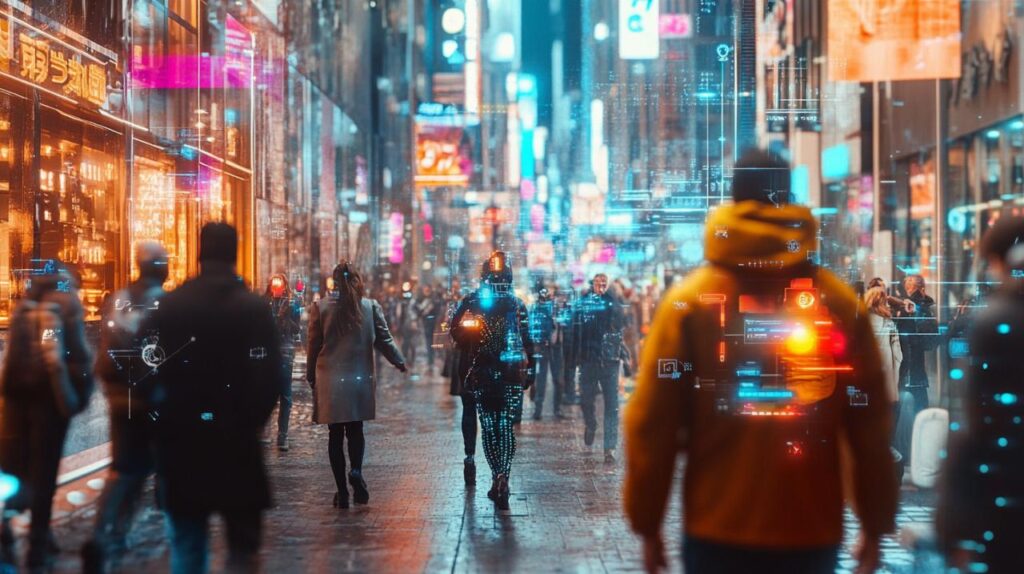The cityscape is constantly evolving, and nowhere is this more apparent than in the way Londoners and urbanites worldwide are dressing these days. Fashion has always reflected the spirit of the times, but the current moment is particularly remarkable. Wearable technology is not merely a passing fad confined to the realm of gadgets and gizmos; it has become deeply embedded in the fabric of urban fashion itself. From the high street to the catwalks, the integration of smart devices and intelligent textiles is redefining what it means to dress well in the modern metropolis. The convergence of style and functionality is creating entirely new possibilities for self-expression and daily life.
The Rise of Smart Accessories in Metropolitan Style
In recent years, the streets of London and other major cities have witnessed a dramatic shift in how people accessorise. What once might have been considered purely utilitarian gadgets have now emerged as essential elements of a well-curated urban wardrobe. The transformation is striking, and it speaks to a broader cultural movement where technology and aesthetics are no longer seen as opposing forces but rather as complementary aspects of contemporary life. This shift is particularly evident in the realm of wrist wear and other smart accessories that have become ubiquitous in metropolitan environments.
Smartwatches and Fitness Trackers as Fashion Statements
The smartwatch has arguably become the most visible symbol of this new era in fashion. Gone are the days when these devices were clunky and purely functional. Today’s smartwatches are sleek, stylish, and often indistinguishable from traditional luxury timepieces. They have evolved from simple fitness trackers into sophisticated fashion statements that reflect personal taste and lifestyle choices. The global market for wearable tech has grown exponentially, with the U.S. market alone valued at nearly twenty billion dollars in recent years and projected to continue expanding at a remarkable rate. This growth is driven not just by technological innovation but by a genuine consumer desire to integrate these devices seamlessly into their daily ensembles. The appeal of smartwatches extends beyond their practical benefits, such as fitness tracking and notifications. They have become markers of identity, signalling to others that the wearer is forward-thinking, health-conscious, and in tune with the rhythms of modern urban life. Young professionals, fitness enthusiasts, and style-conscious individuals alike are drawn to these devices, not just for their utility but for the statement they make. The variety of styles, materials, and customisable watch faces means that there is a smartwatch to suit every aesthetic, from minimalist Scandinavian design to bold, colourful sports models. In many ways, the smartwatch has become the new must-have accessory, as essential to the modern wardrobe as a well-fitted blazer or a quality pair of trainers.
Health-monitoring jewellery and connected wearables
Beyond the wrist, the landscape of wearable technology has expanded to include a range of health-monitoring jewellery and other connected wearables that blend seamlessly into everyday fashion. These pieces are designed to track vital signs, monitor stress levels, and even assess sleep quality, all while looking like elegant accessories. The market for these devices is booming, with biosensing technology attracting significant investment and interest from both consumers and the fashion industry. The appeal is clear: who wouldn’t want a piece of jewellery that not only complements their outfit but also keeps tabs on their well-being? This trend is particularly popular among older adults who are keen on health monitoring without sacrificing style, as well as younger consumers who appreciate the convenience and discreet nature of these wearables. The integration of such technology into fashion is a testament to how far the industry has come in recognising that modern consumers demand both form and function. These connected devices are often indistinguishable from traditional jewellery, featuring sleek designs and high-quality materials that make them suitable for any occasion, from a casual coffee meeting to a formal evening event. The data they collect can be synced with smartphones and other devices, providing users with a comprehensive view of their health and wellness. As artificial intelligence and machine learning continue to advance, these wearables are becoming even more personalised and responsive, offering insights and recommendations tailored to individual needs. The result is a new category of fashion accessory that is as much about empowerment and self-care as it is about style. For further insights into how wearable technology is reshaping street style and urban fashion, the discussion at https://www.callecultura.es/ offers valuable perspectives on this evolving trend.
Tech-integrated garments reshaping city wardrobes

While accessories have certainly captured much of the attention in the wearable tech space, the real revolution may well be happening in the garments themselves. Clothing with built-in technology is no longer the stuff of science fiction; it is a reality that is rapidly becoming mainstream. From jackets that respond to environmental conditions to trainers that track performance metrics, the integration of smart textiles and connected technology into everyday apparel is transforming the way we think about fashion. This shift is particularly pronounced in urban environments, where the demands of city living require clothing that is not only stylish but also highly functional and adaptable.
Colour-changing fabrics and adaptive clothing
One of the most exciting developments in the realm of tech-integrated garments is the advent of colour-changing fabrics and adaptive clothing. These innovations leverage advanced materials and embedded technology to create garments that can respond to external stimuli, such as temperature, light, or even the wearer’s emotions. The concept may sound futuristic, but it is already making waves in the fashion world. For instance, designers have experimented with fabrics that shift colour based on the ambient environment or the mood of the wearer, as captured through biometric sensors. Such garments were showcased at high-profile events, including fashion galas where collaborations between tech giants and fashion houses resulted in stunning creations that captivated audiences and sparked widespread discussion. The potential applications for adaptive clothing are vast. Temperature-adaptive garments, for example, can adjust their insulation properties based on the weather, keeping the wearer comfortable without the need for multiple layers. This is particularly appealing in urban settings where people move between heated indoor spaces and chilly outdoor environments throughout the day. Similarly, fabrics that change colour or pattern can offer a level of personalisation and self-expression that was previously unimaginable. The technology behind these innovations is often rooted in smart textiles, a field that is expected to reach significant market value in the coming years. These materials incorporate conductive fibres, sensors, and other components that enable them to interact with their surroundings and the wearer. The result is clothing that is not static but dynamic, capable of evolving in real time to meet the needs and preferences of the individual. As the technology matures and becomes more affordable, we can expect to see these garments move from the runway to the high street, offering everyday consumers the chance to experience the future of fashion firsthand.
Built-in technology: from heated jackets to smart trainers
The integration of technology into garments is not limited to experimental fabrics and high-concept designs. Practical applications are already available and gaining popularity among urban dwellers who value both style and functionality. Heated jackets, for instance, have become a staple for those who brave cold winters in the city. These garments feature built-in heating elements powered by rechargeable batteries, providing warmth at the touch of a button. They are designed to be sleek and modern, fitting seamlessly into contemporary wardrobes without compromising on aesthetics. Similarly, smart trainers equipped with sensors and connectivity features are revolutionising the way people approach fitness and daily movement. These shoes can track steps, analyse gait, and provide feedback on performance, all while looking stylish enough to wear on the commute or during a casual outing. The appeal of such tech-integrated garments lies in their ability to enhance the wearer’s experience without drawing undue attention to the technology itself. The goal is to create clothing that feels natural and intuitive, where the technology serves the wearer rather than the other way around. This philosophy is evident in collaborations between fashion brands and tech companies, which have produced items like smart jackets for urban cyclists that provide navigation cues through haptic feedback or bracelets that offer colour-coded notifications. These products address real needs and pain points, making daily life in the city more convenient and enjoyable. The market for such items is expanding rapidly, driven by a combination of consumer demand and ongoing innovation in materials and connectivity. The rollout of advanced networks promises to unlock even more possibilities, enabling garments to communicate with other devices and systems in real time. Energy generation is another frontier being explored, with researchers developing fabrics that can harvest solar power or convert movement into electricity, potentially eliminating the need for external charging. The challenges remain, particularly around privacy, security, and sustainability, but the trajectory is clear. Wearable technology is no longer just about accessories; it is about reimagining clothing itself as an intelligent, responsive, and integral part of our lives. As these innovations become more accessible and affordable, they are set to reshape city wardrobes in profound and lasting ways.
















